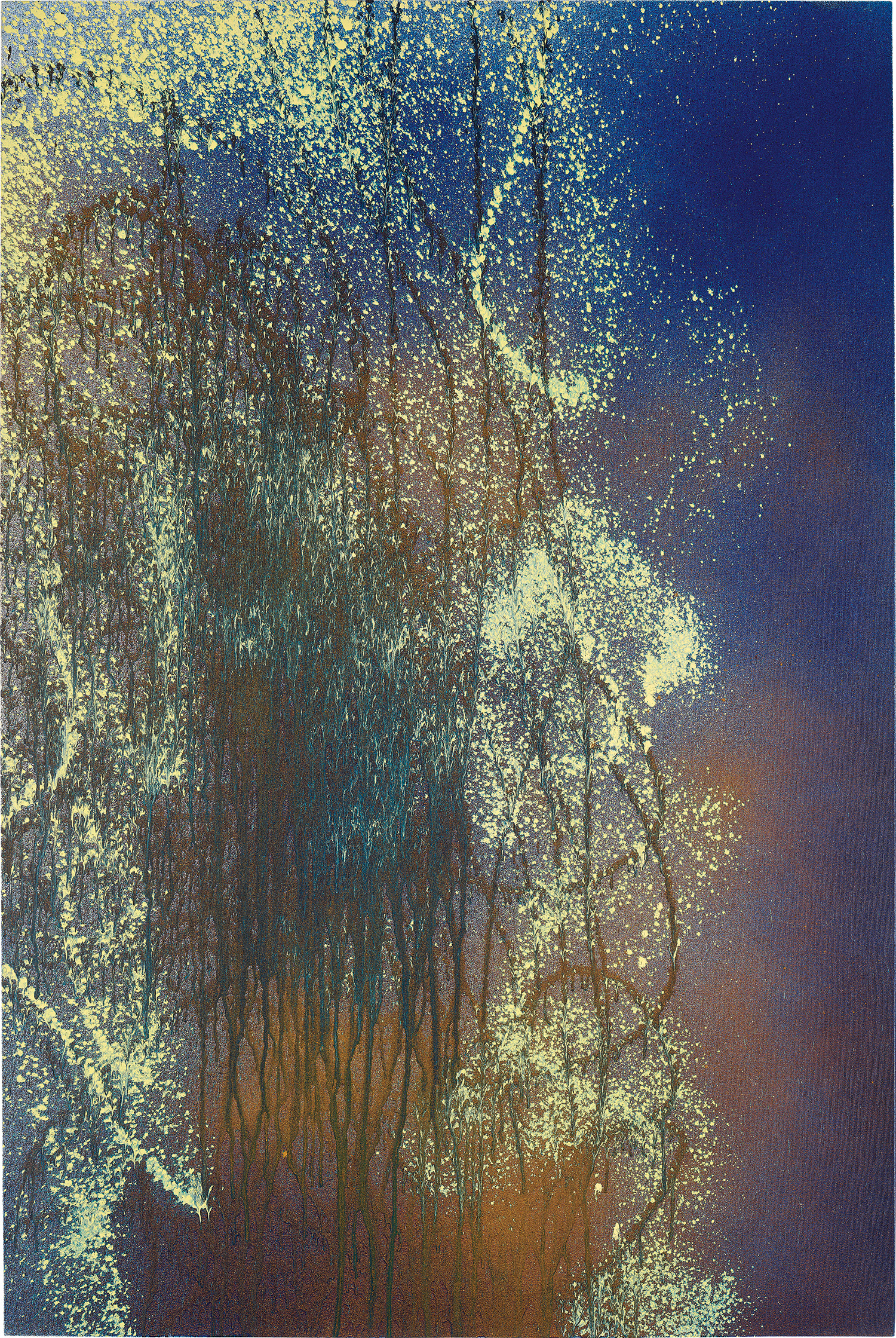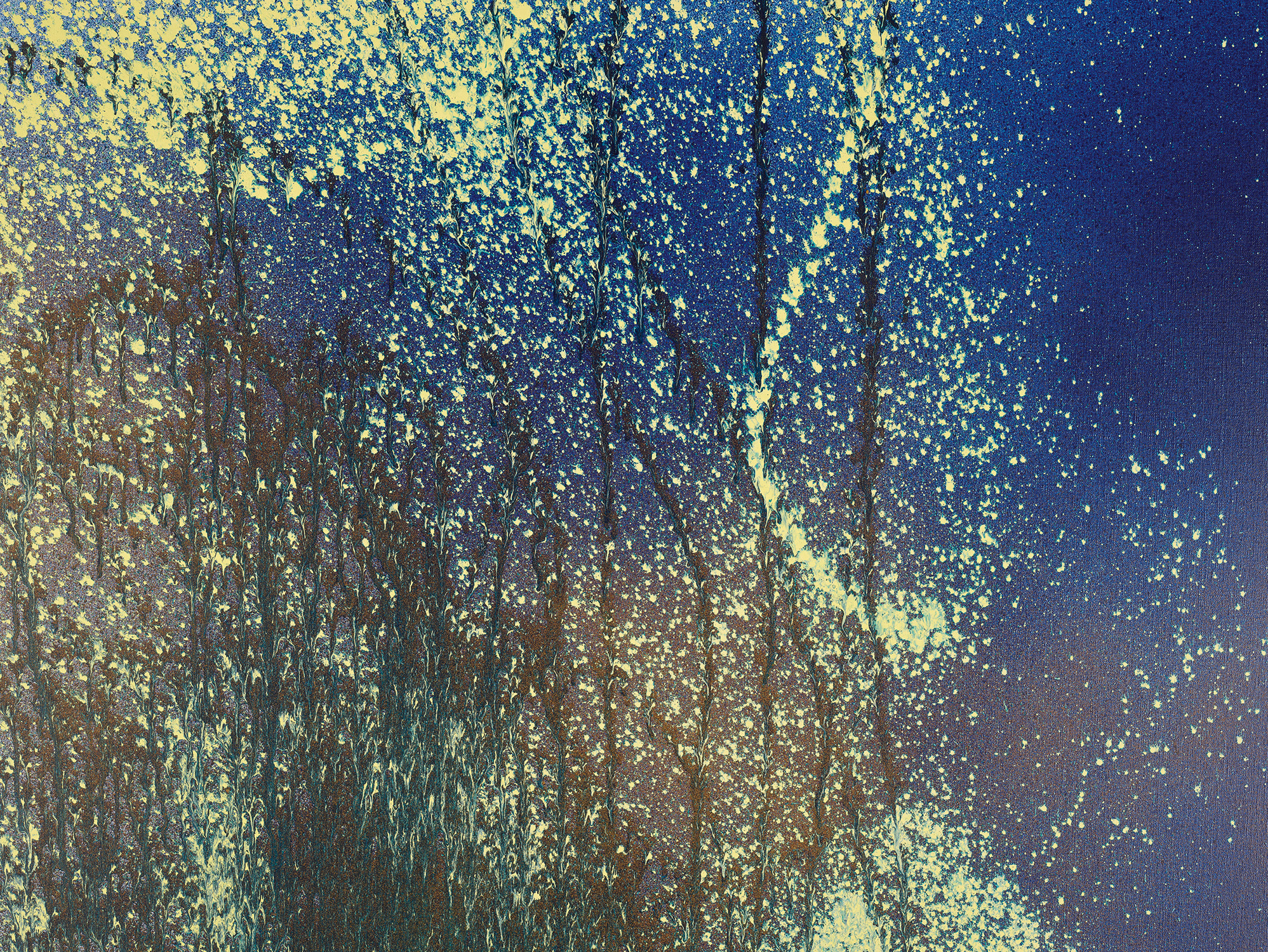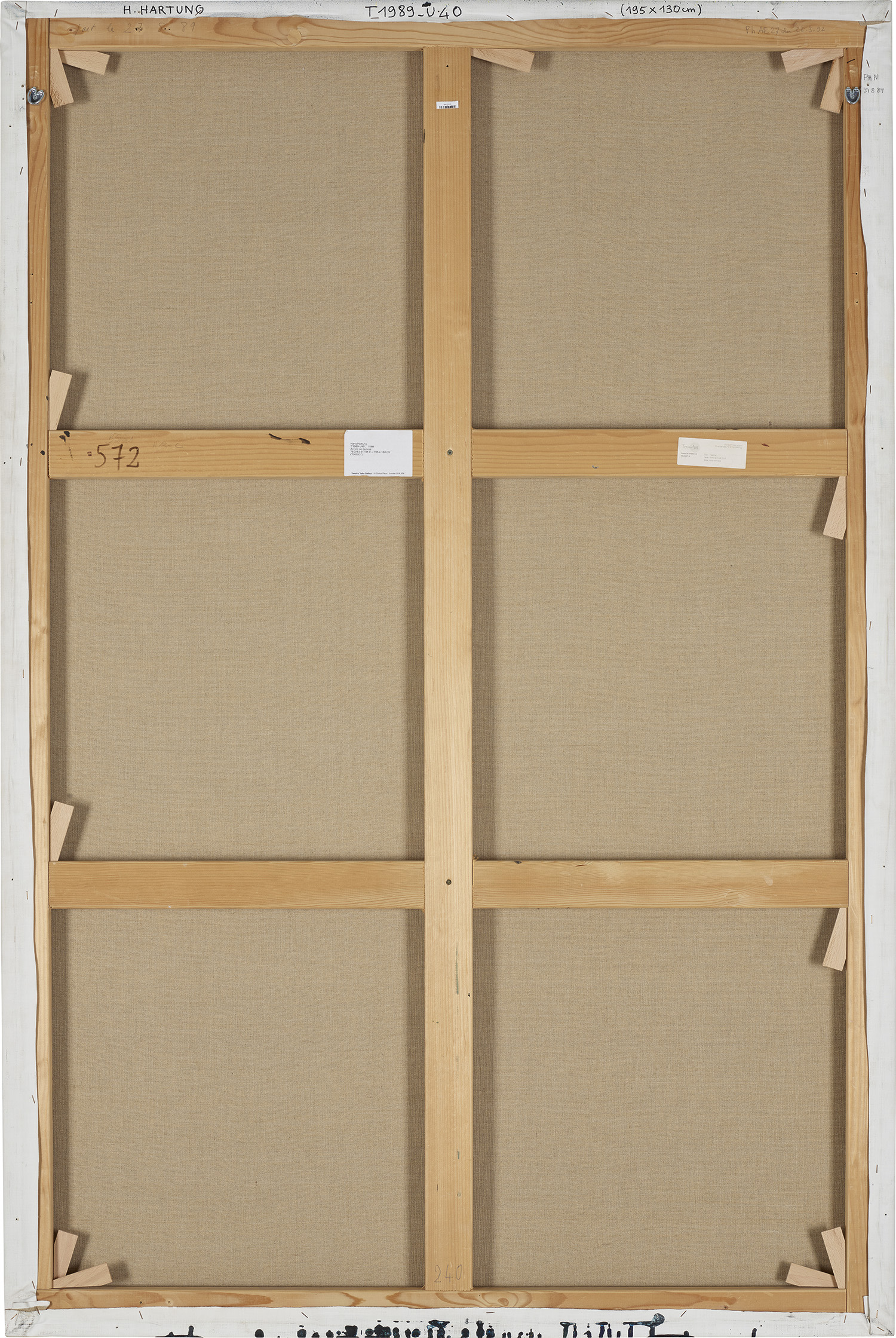









32
Hans Hartung
T1989-U40
signed and titled 'H. HARTUNG T1989-U40' on the overlap
acrylic on canvas
195 x 130.5 cm. (76 3/4 x 51 3/8 in.)
Painted in 1989, this work is accompanied by a certificate of authenticity issued by the Fondation Hartung Bergman. This work is registered in the archives of the Fondation Hartung Bergman under archive number CT 572-0, and will be included in the artist's forthcoming catalogue raisonné currently being prepared by the Fondation Hartung Bergman.